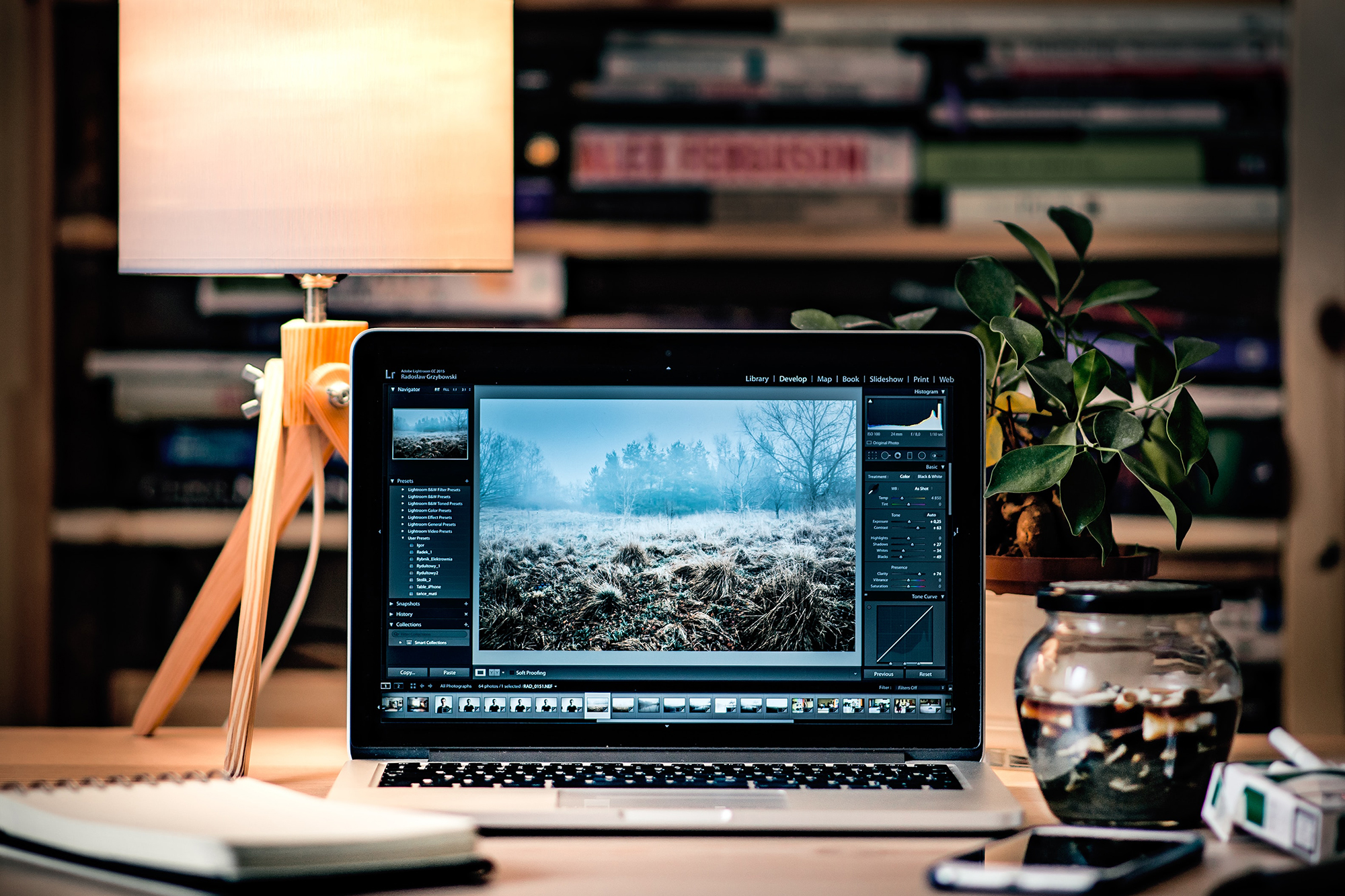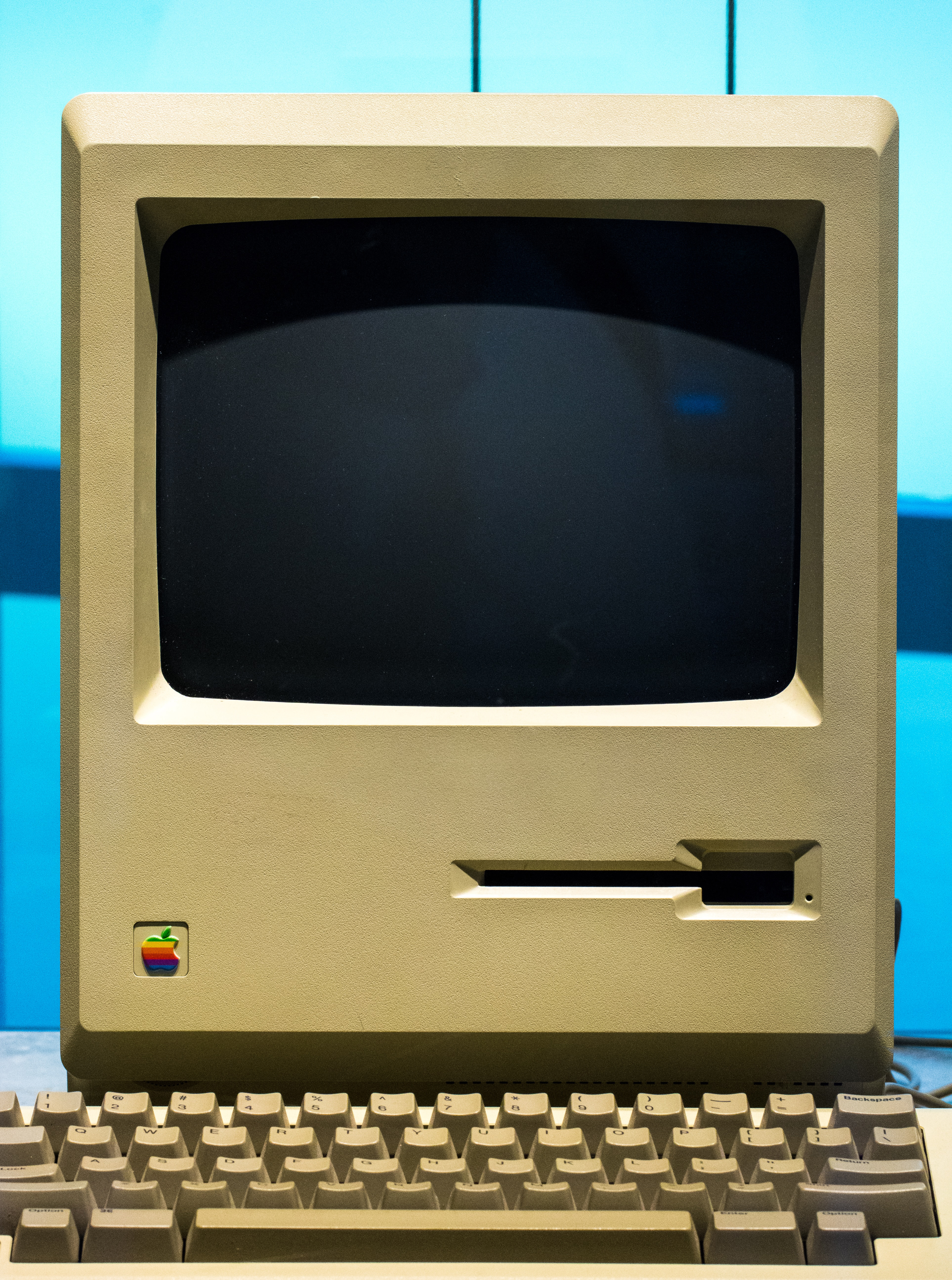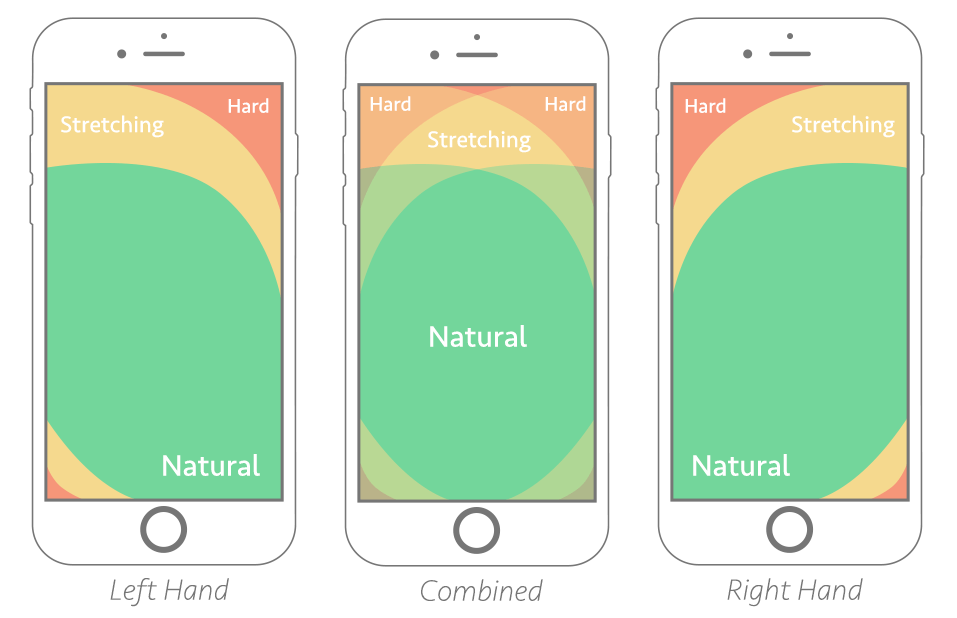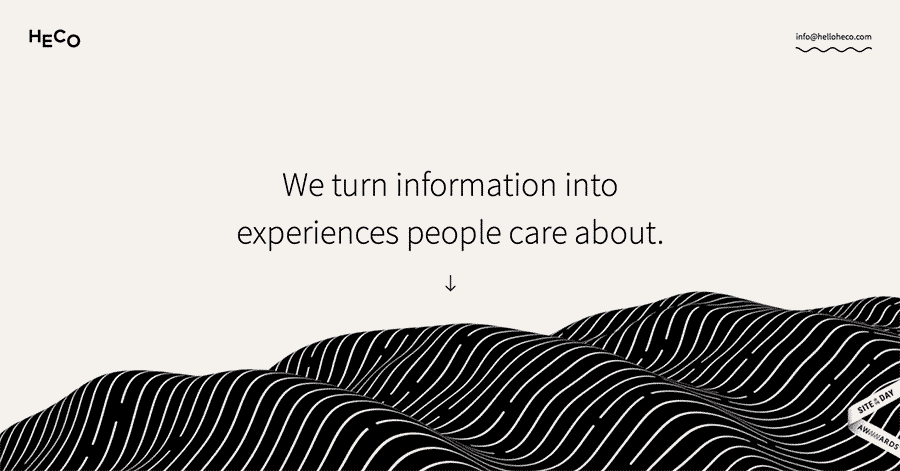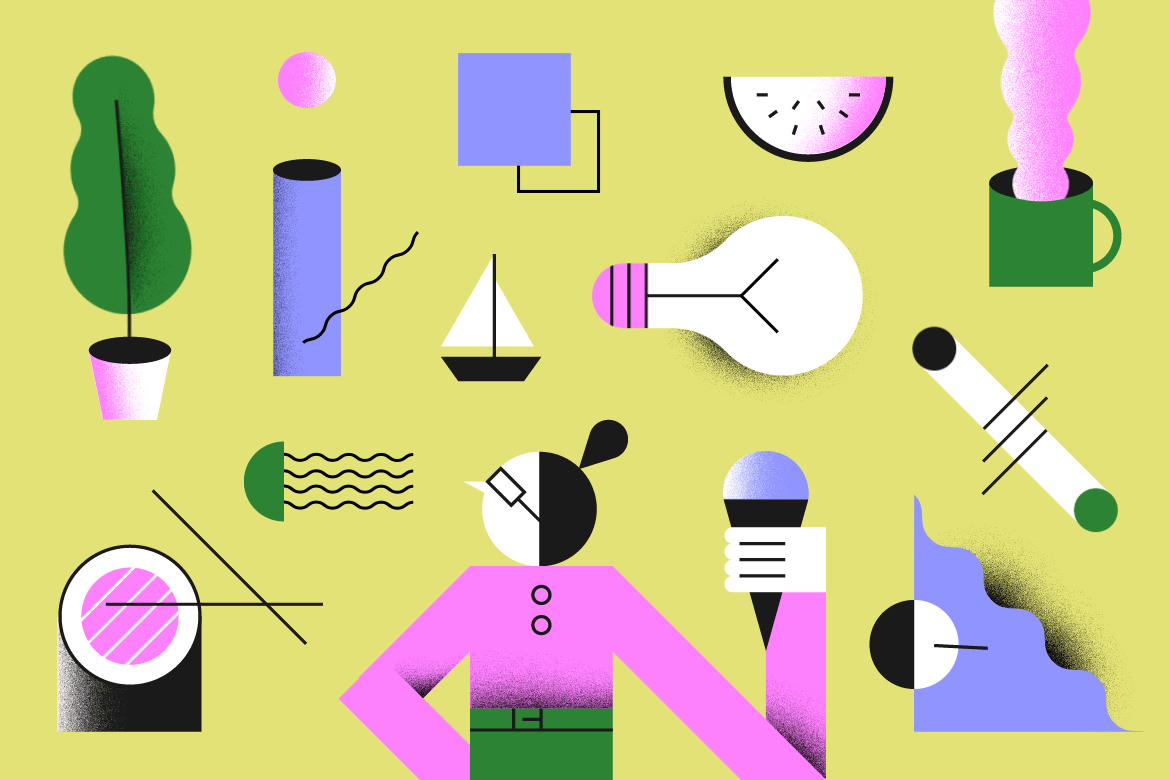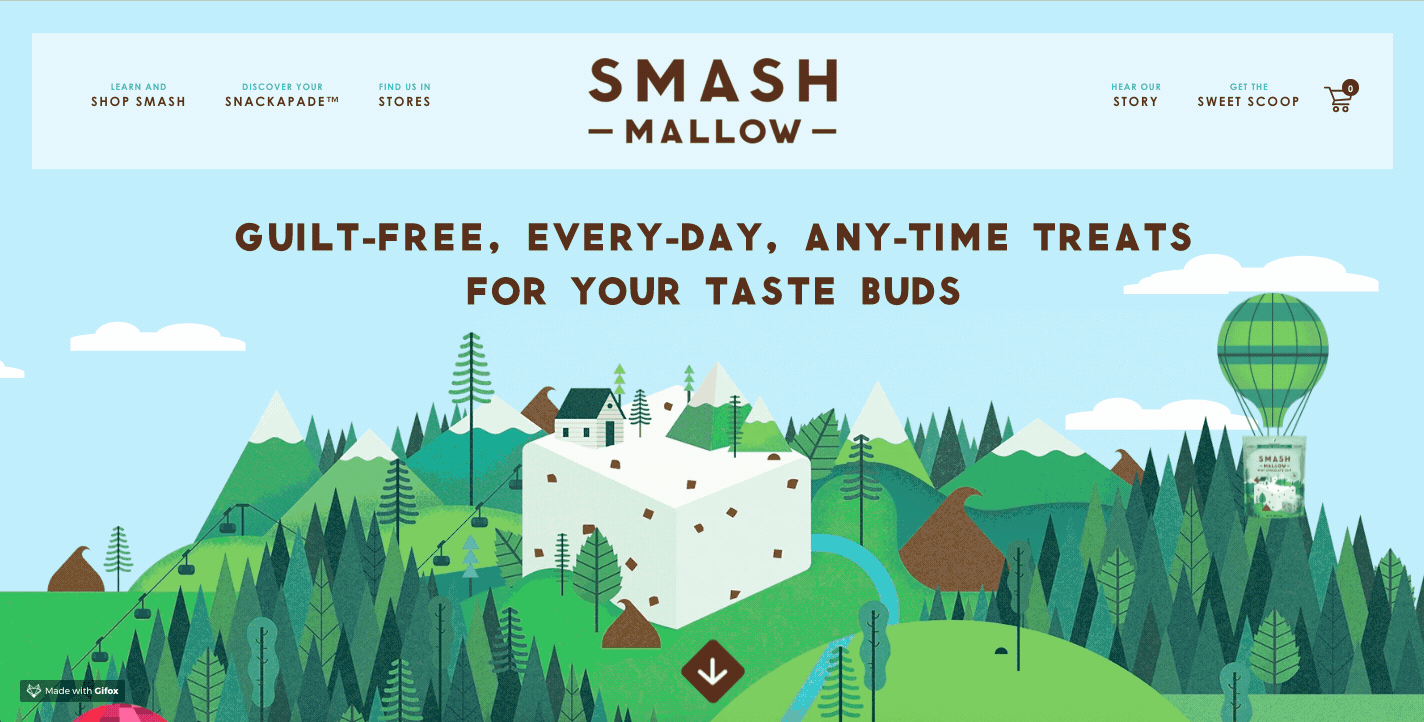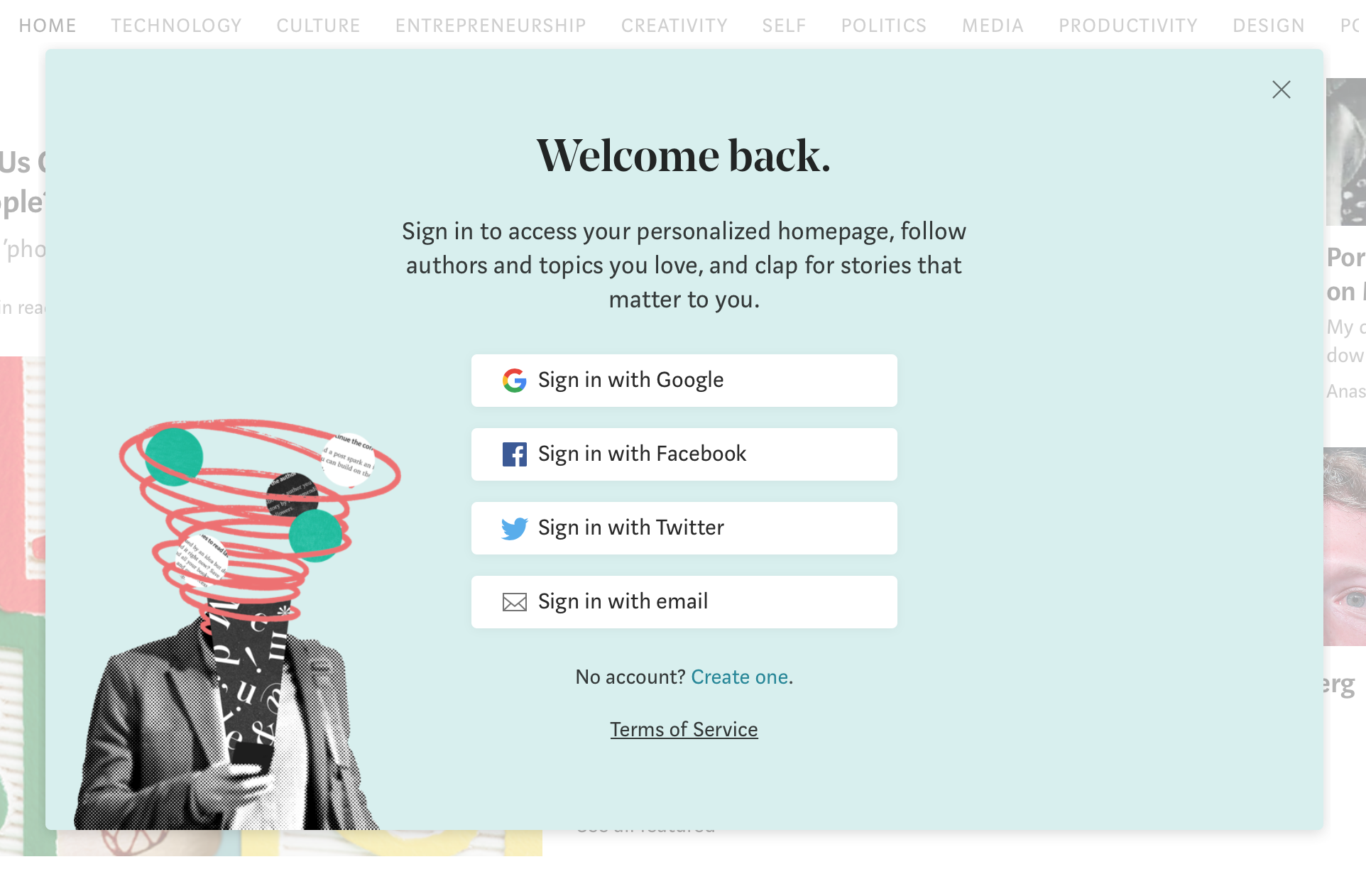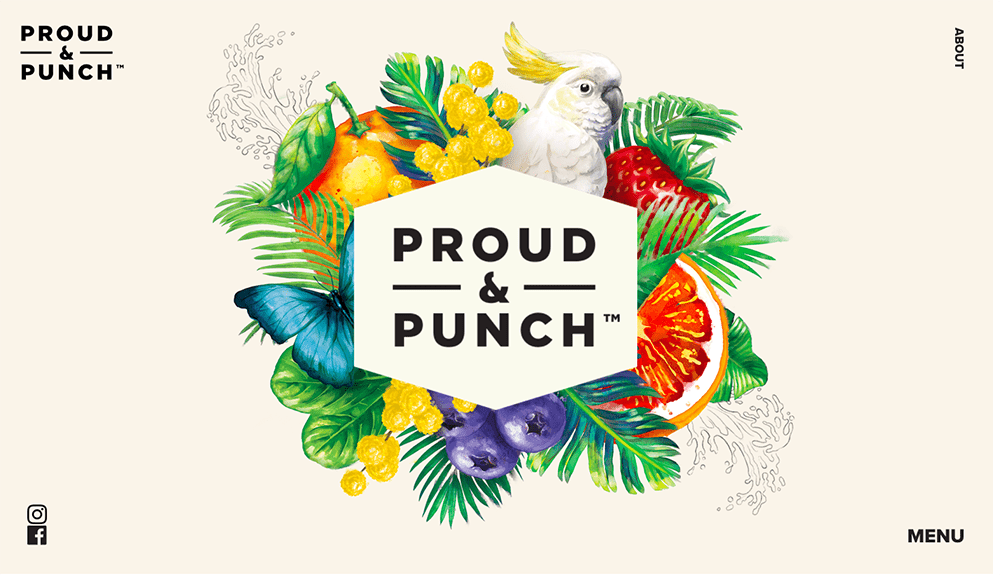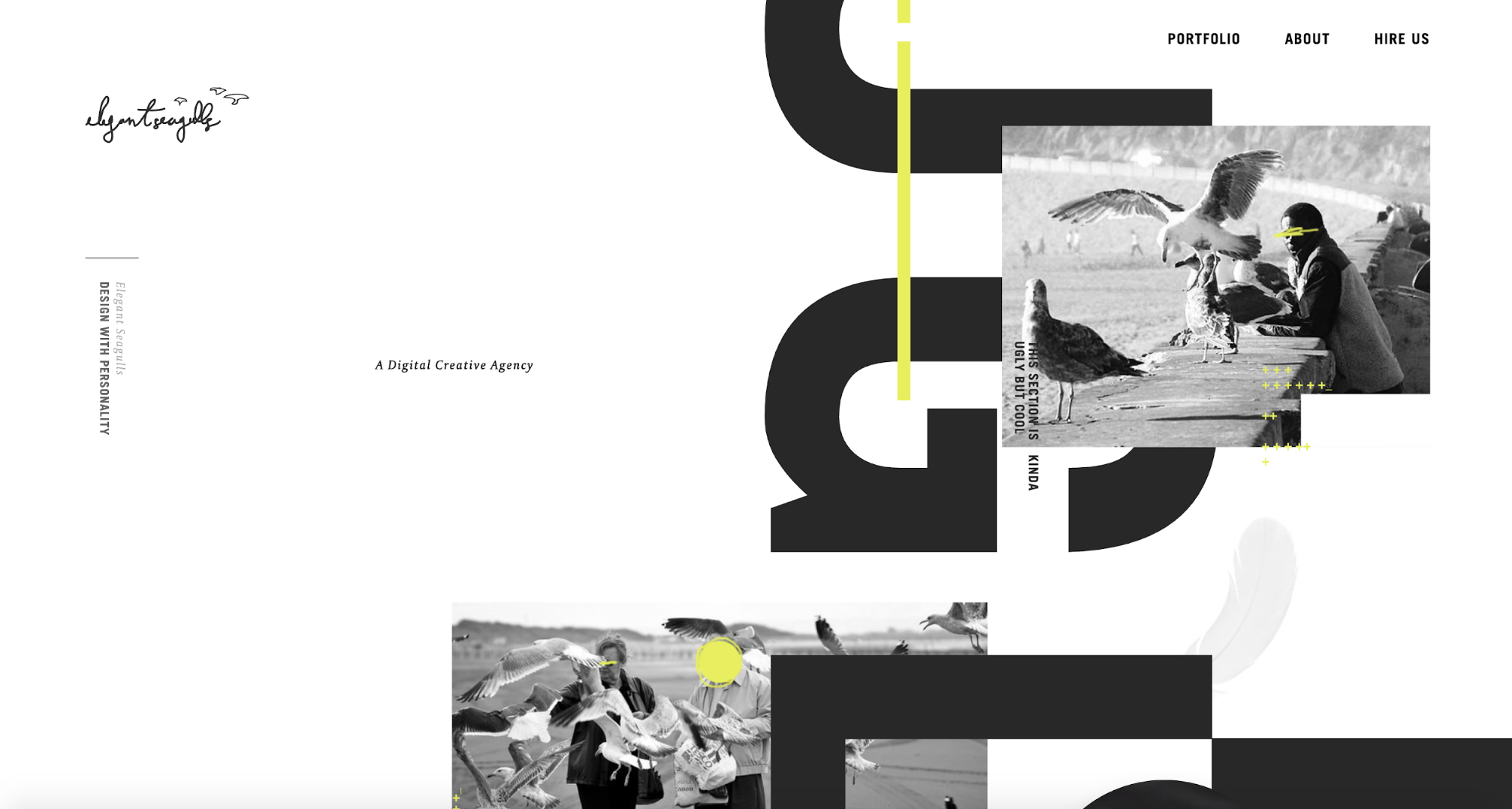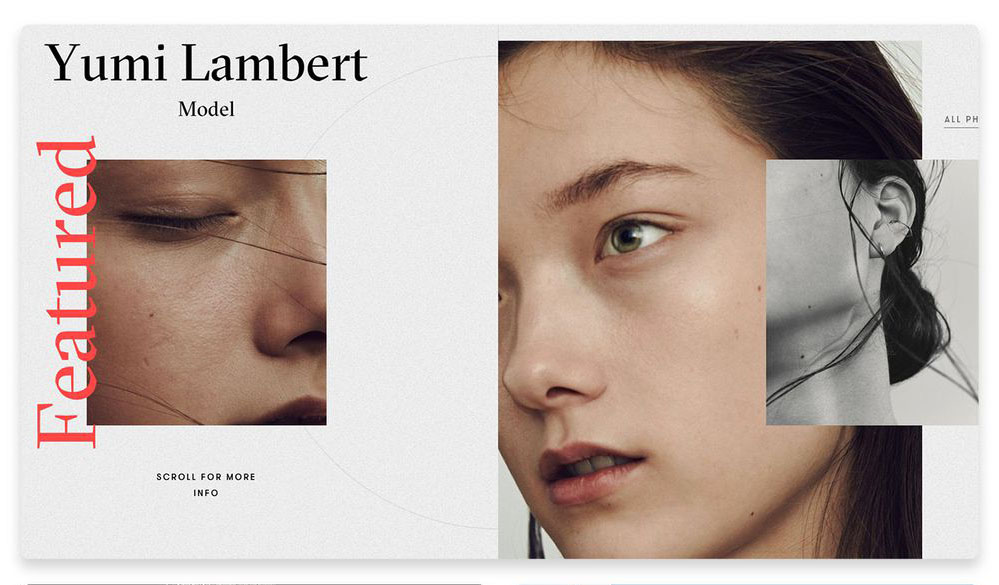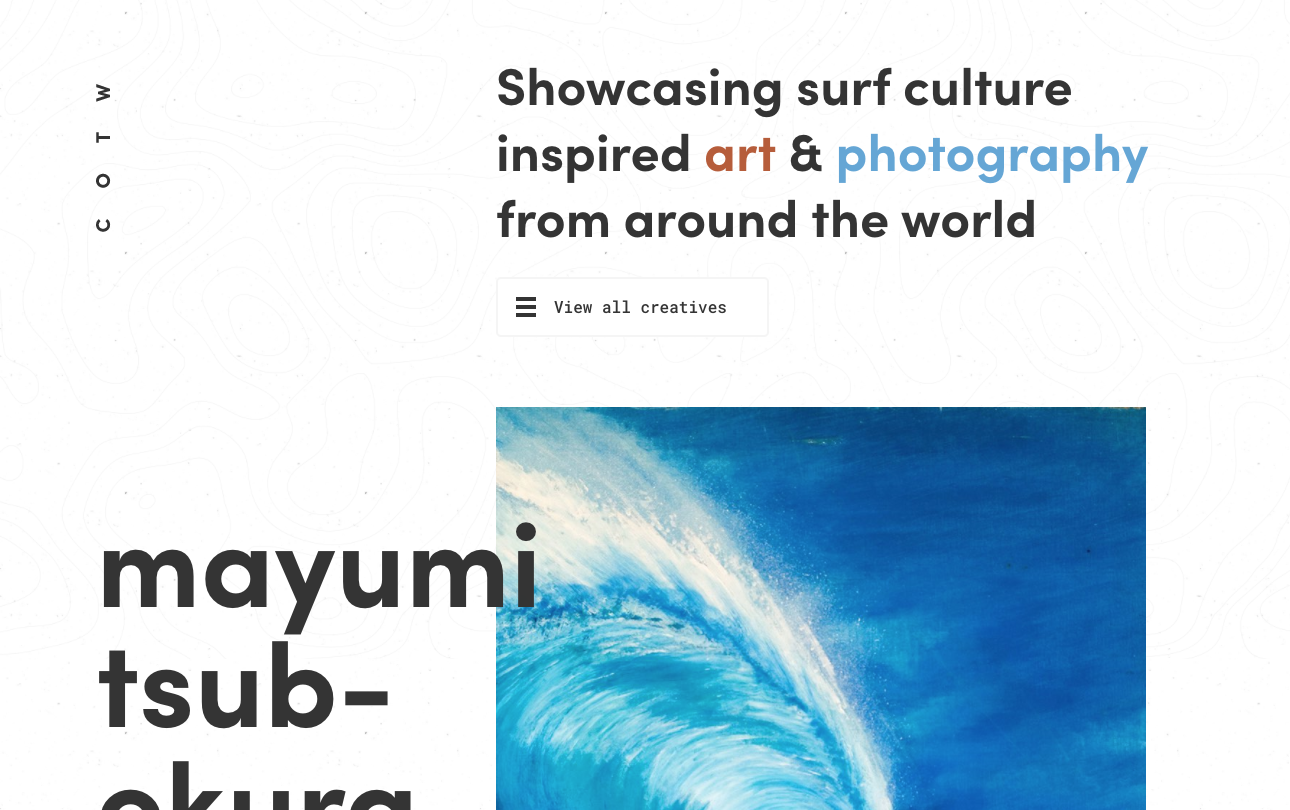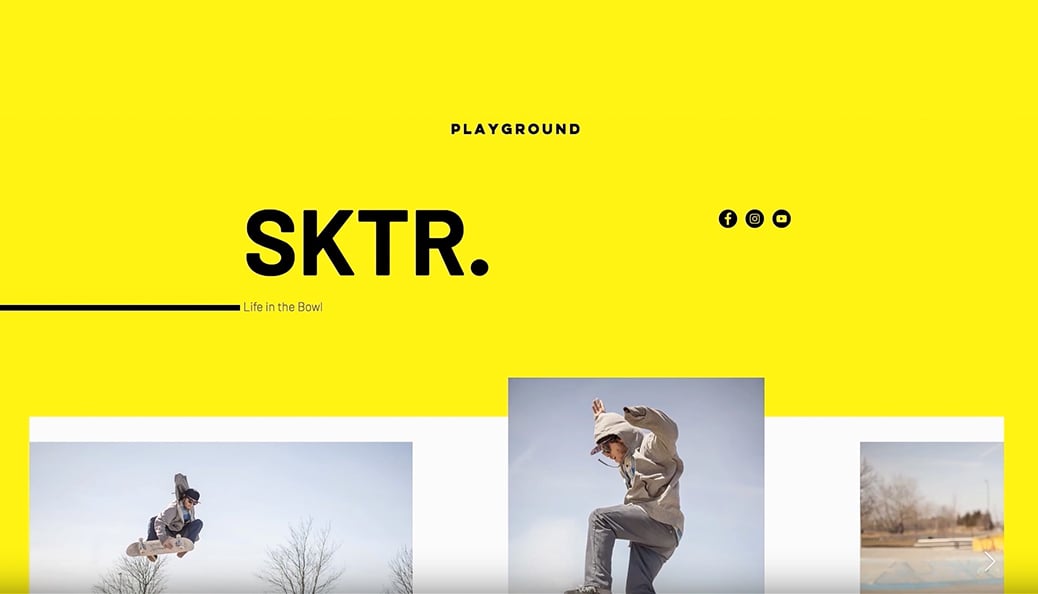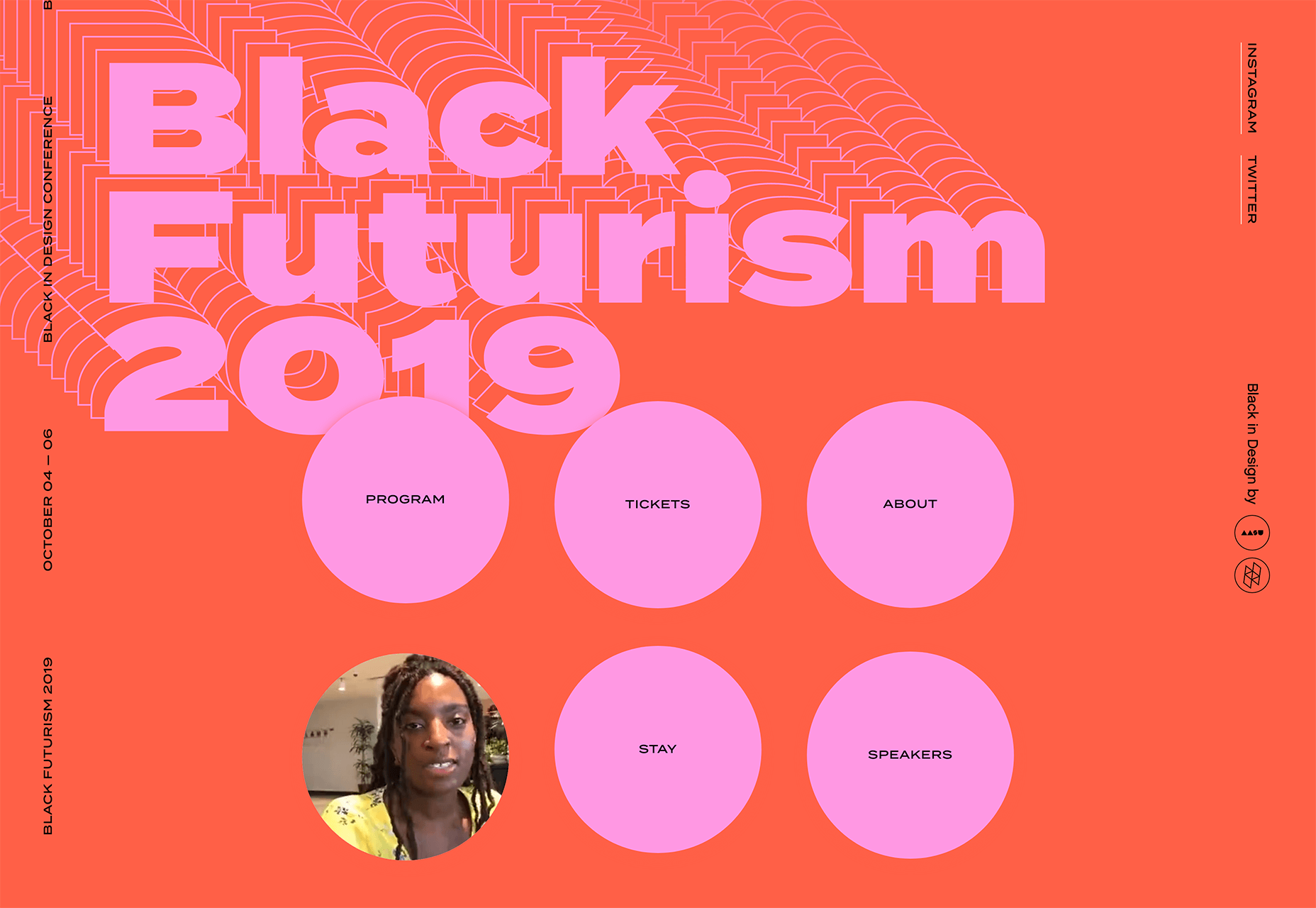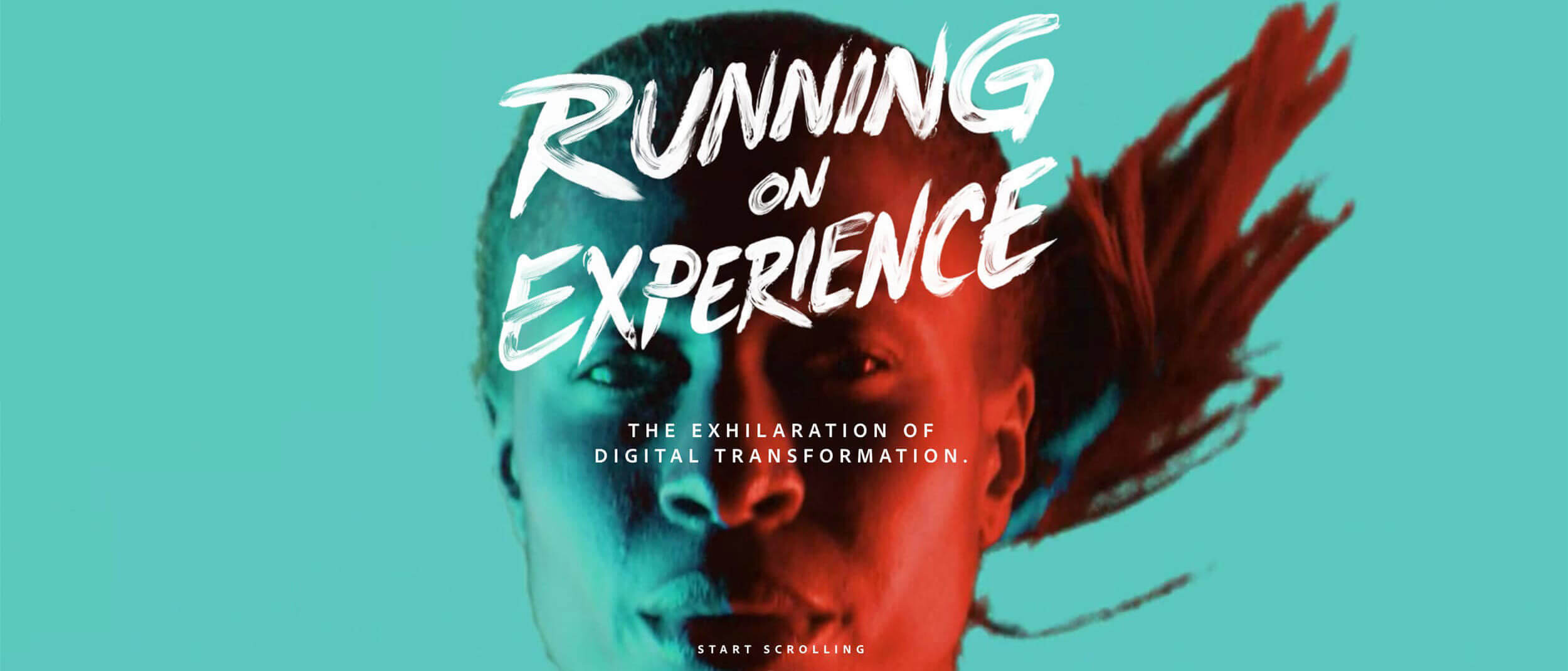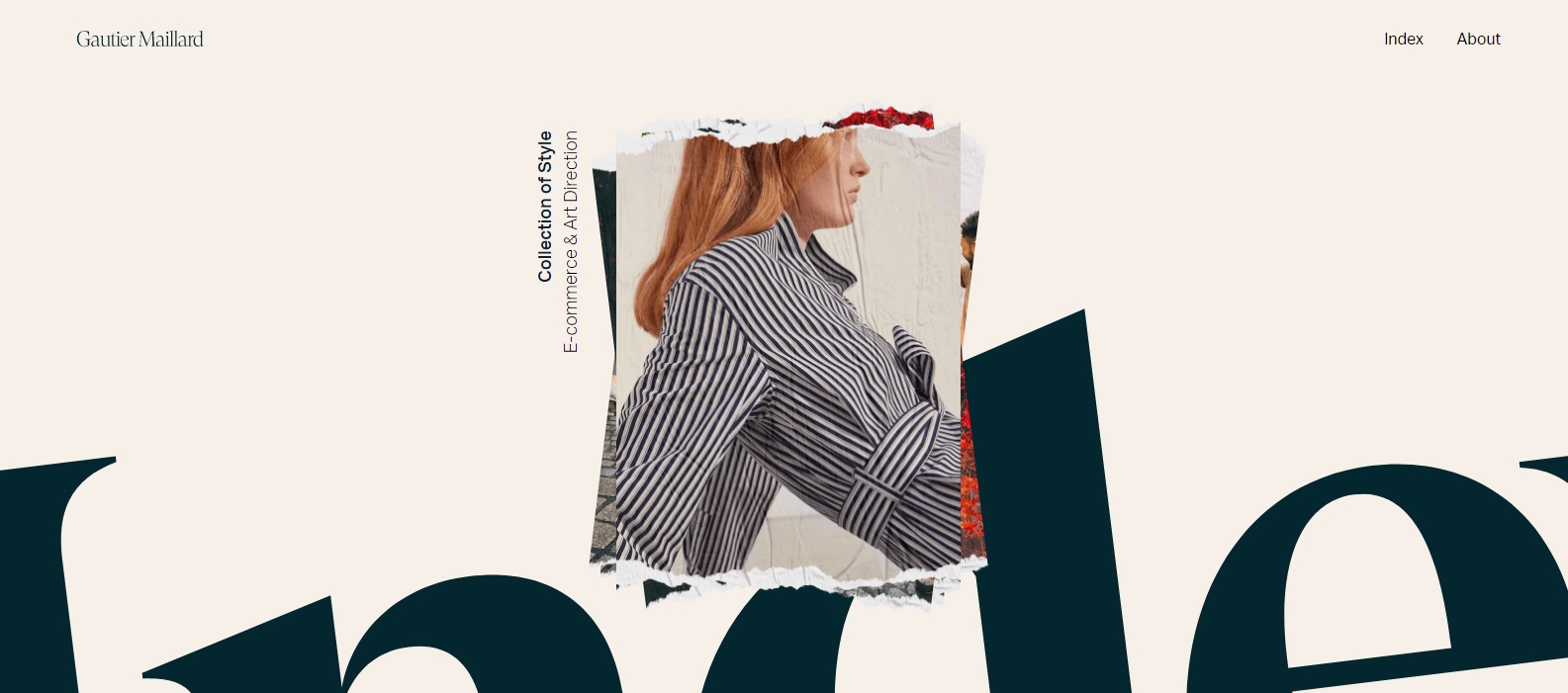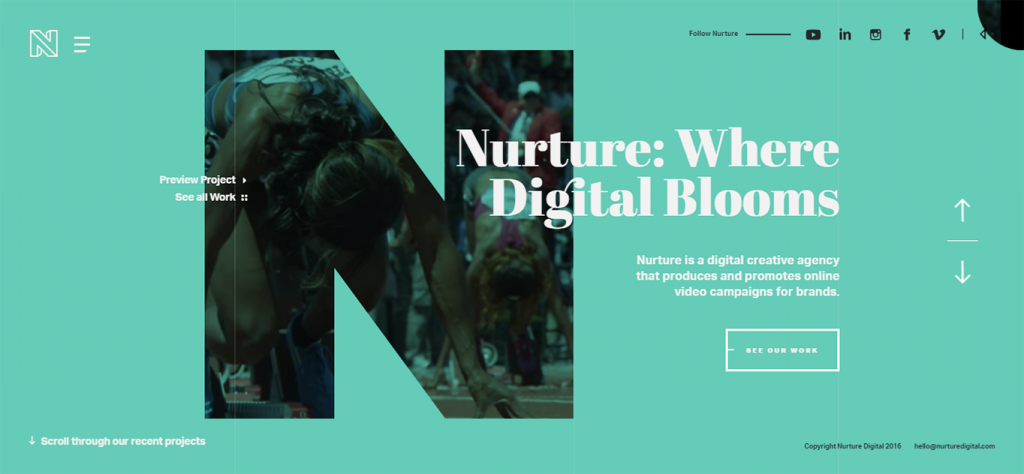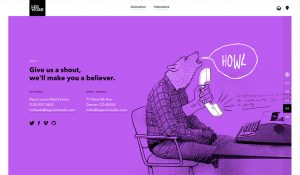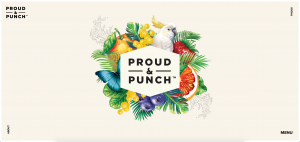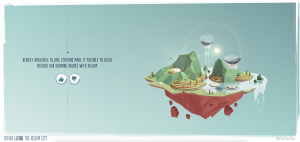We love working and supporting local companies in Brighton, Hove and Sussex. Since opening our doors in 2006, we have been working hard growing and developing our client base & expertise, offering a dynamic blend of creative thinking, experience and technical know-how. We are proud to be able to represent so many of the fantastic businesses local to Brighton and we’re firm believers that going local gets you the best results.
When it comes to picking a company to work alongside to help build and grow your business, whether it’s help with web design, branding or SEO, – why waste money working with a big corporation that creates work that’s impersonal and sees you as just another client on the list? There are several reasons why we believe you should go local when thinking of a company to work with.
To start with, communication is a crucial factor for developing work that’s exactly what you want. We work closely with our clients, ensuring that their interests are heard. Any queries or issues are dealt with promptly and our designers are on hand to speak with you immediately instead of greeting you with a voicemail. Building a relationship between yourself and the designer helps establish what you are looking for and achieves more accurate results.
It also makes exploring previous work and portfolios simpler, when other local businesses have worked side by side. Networking locally can be extremely beneficial to your business, and affiliate marketing can help both businesses with recommendations and creating a platform for small businesses to collaborate and make a name for themselves.
Price wise, going local is far more economical, as prices are usually much for cost effective and you end up getting far more for your money with a smaller business. All in all, we believe there are plenty of upsides to staying local, and if you’re still not convinced – let us help prove it to you. If you have a project you’re looking to get started on, get in touch and we’ll see how we can help your business grow.
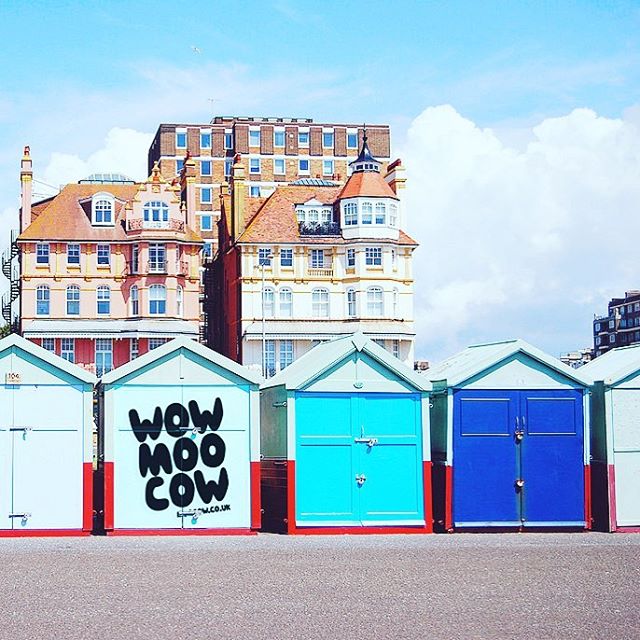
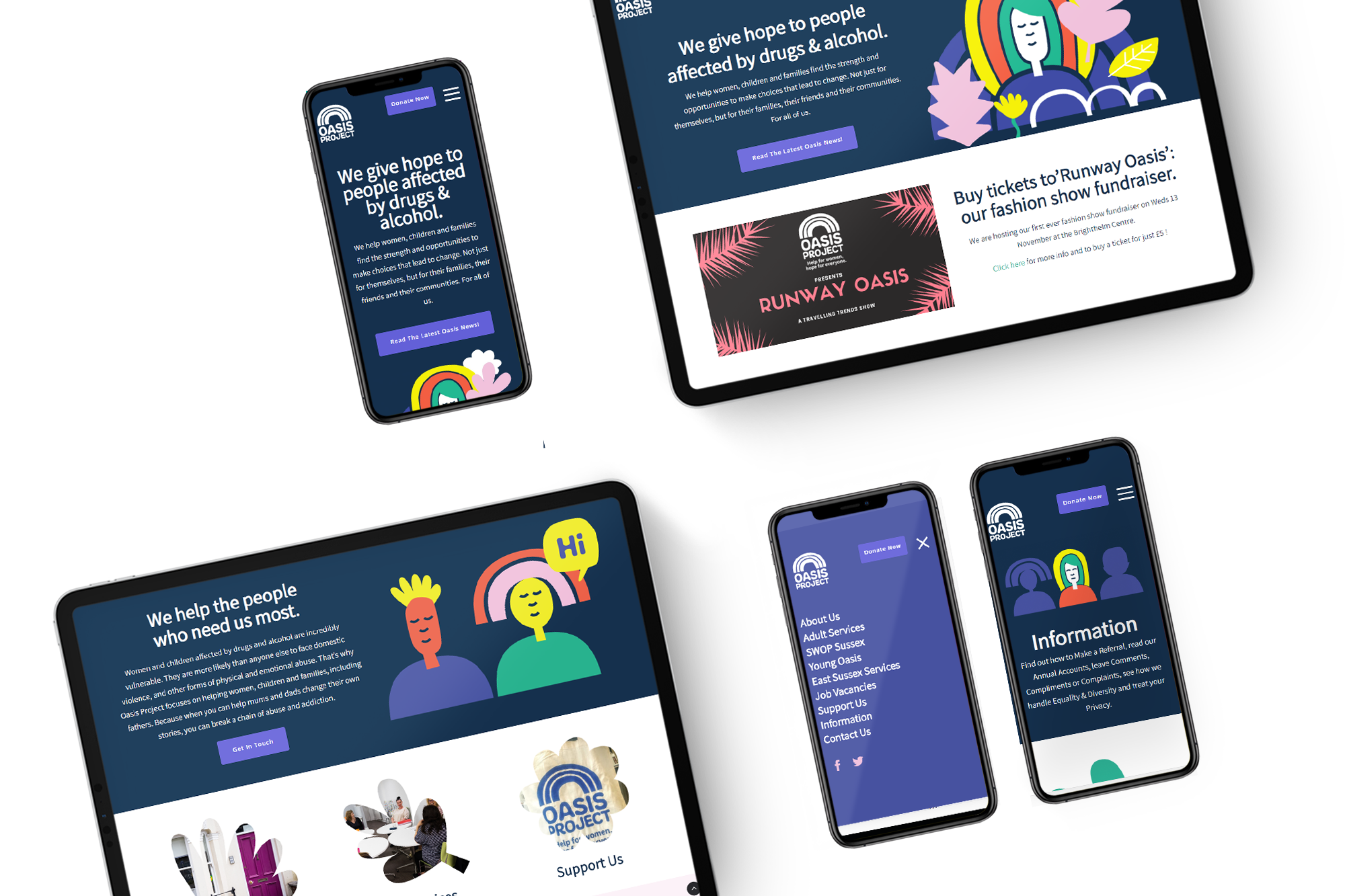
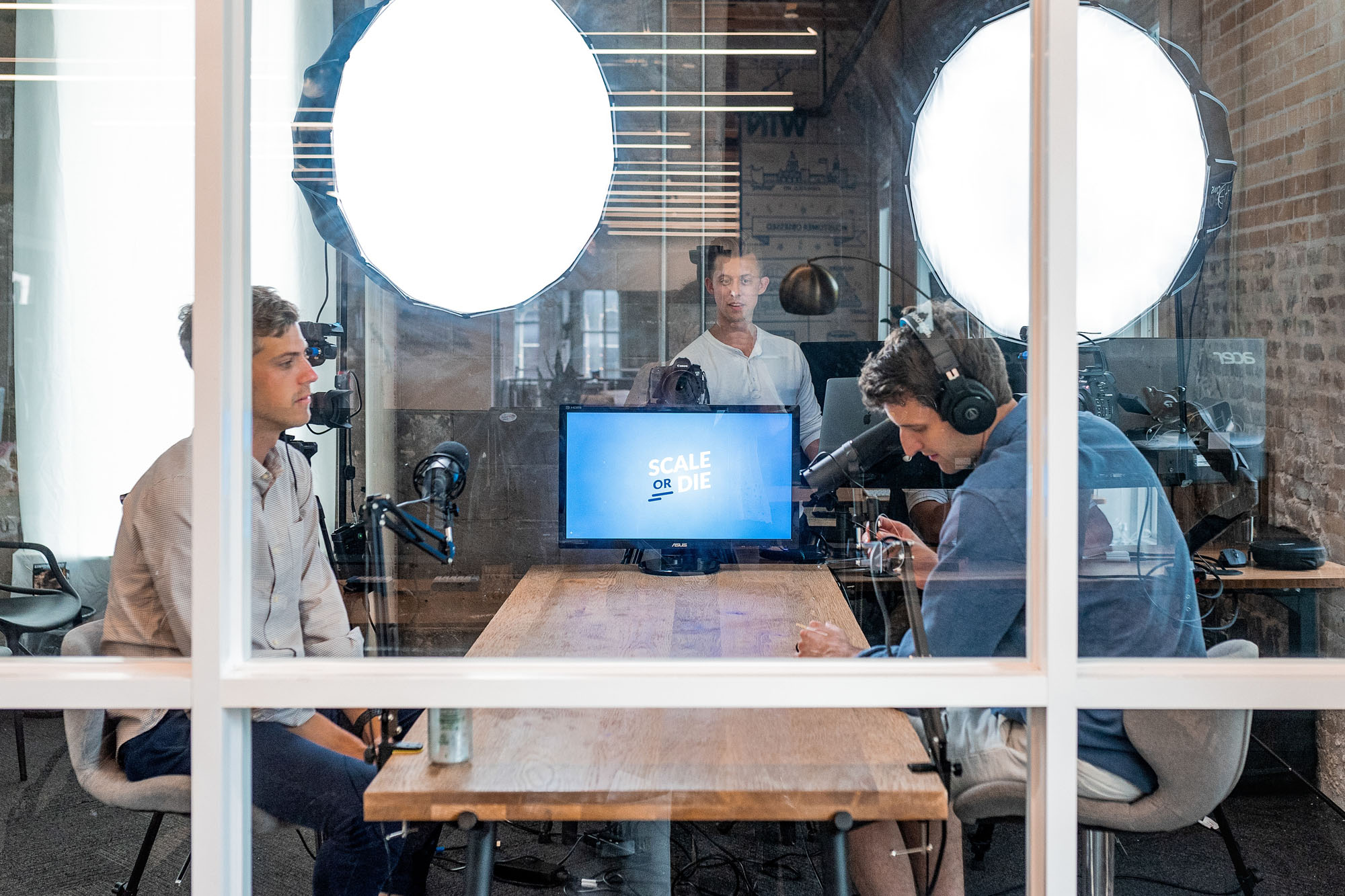

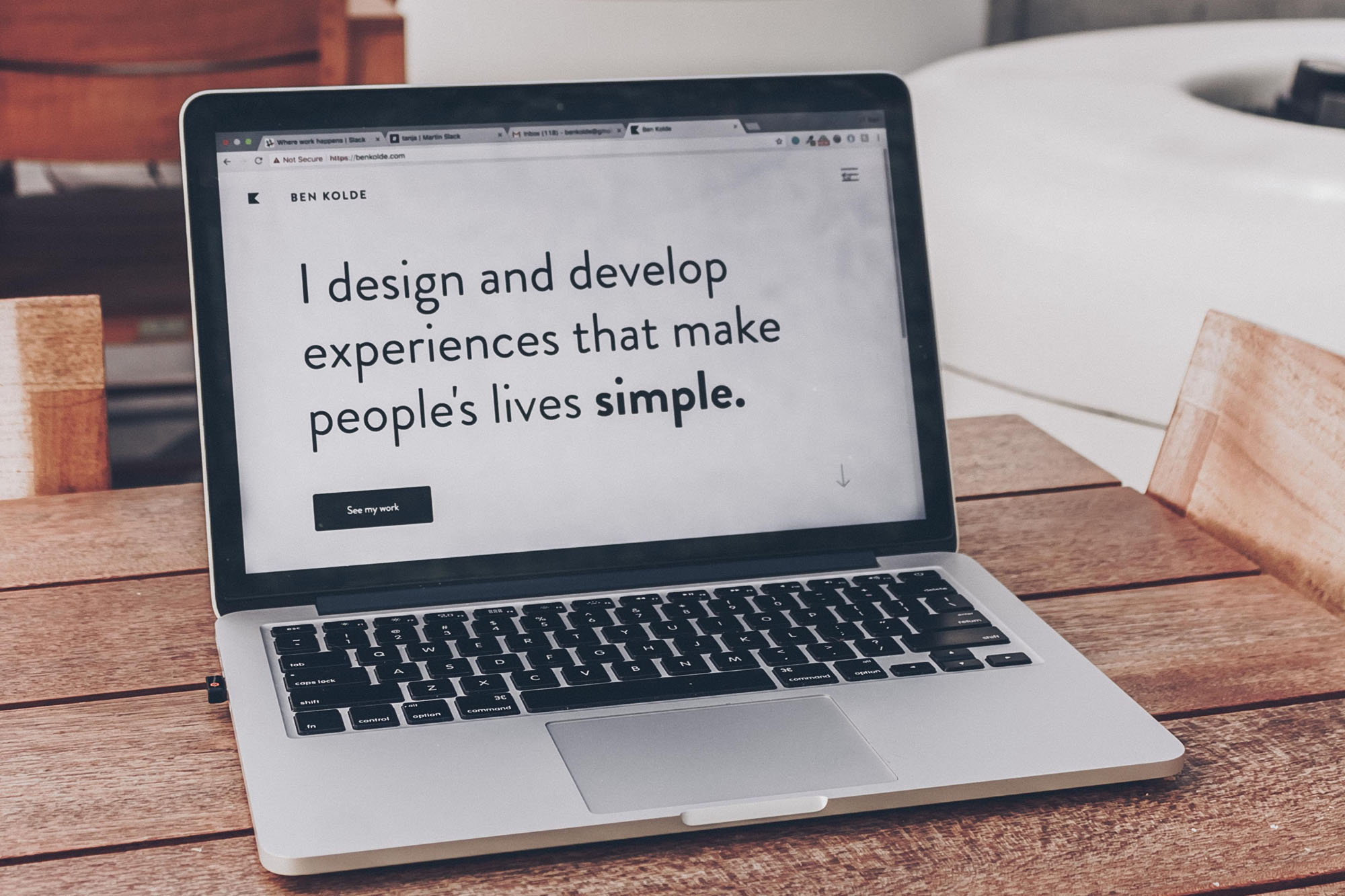


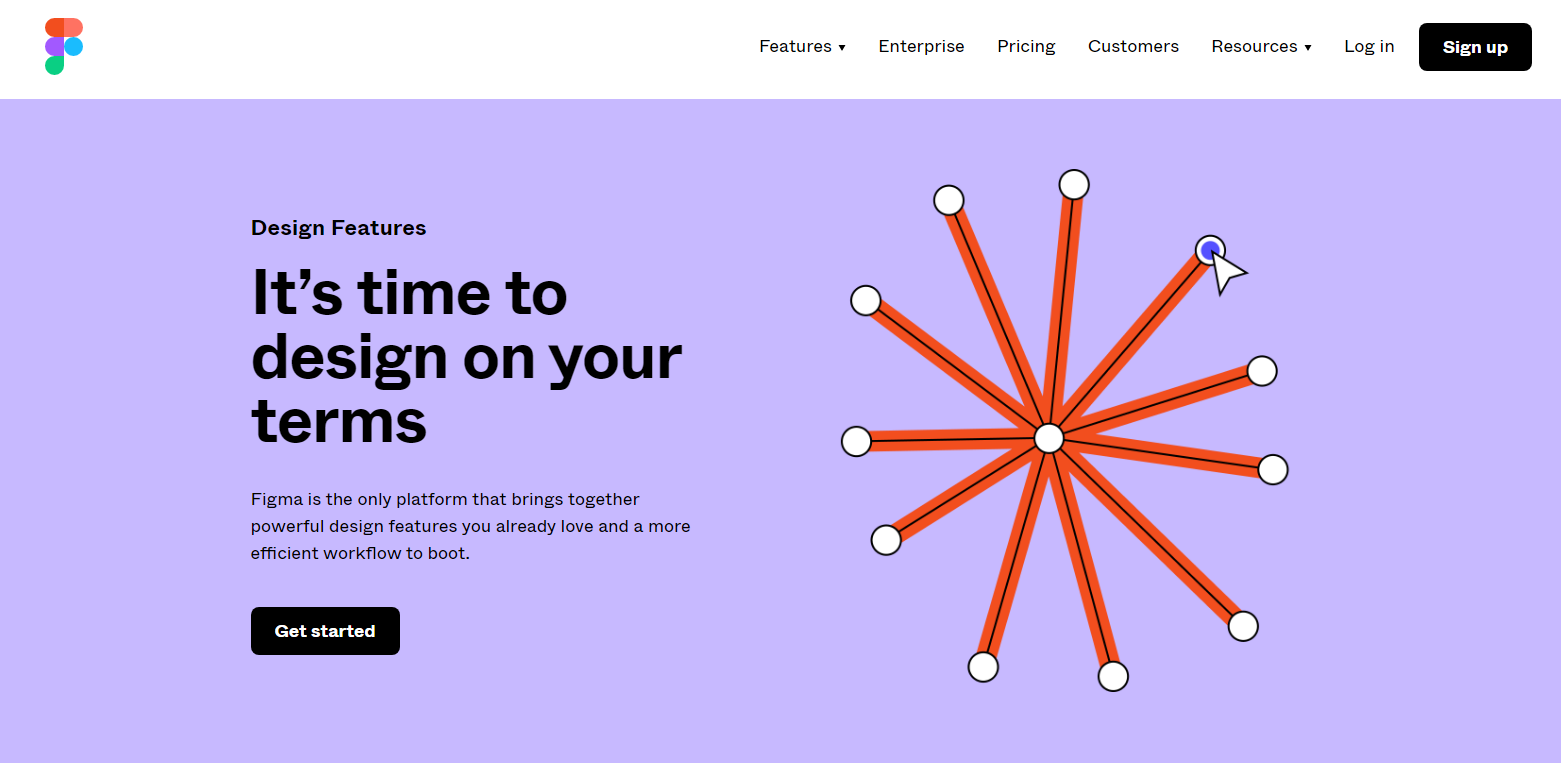
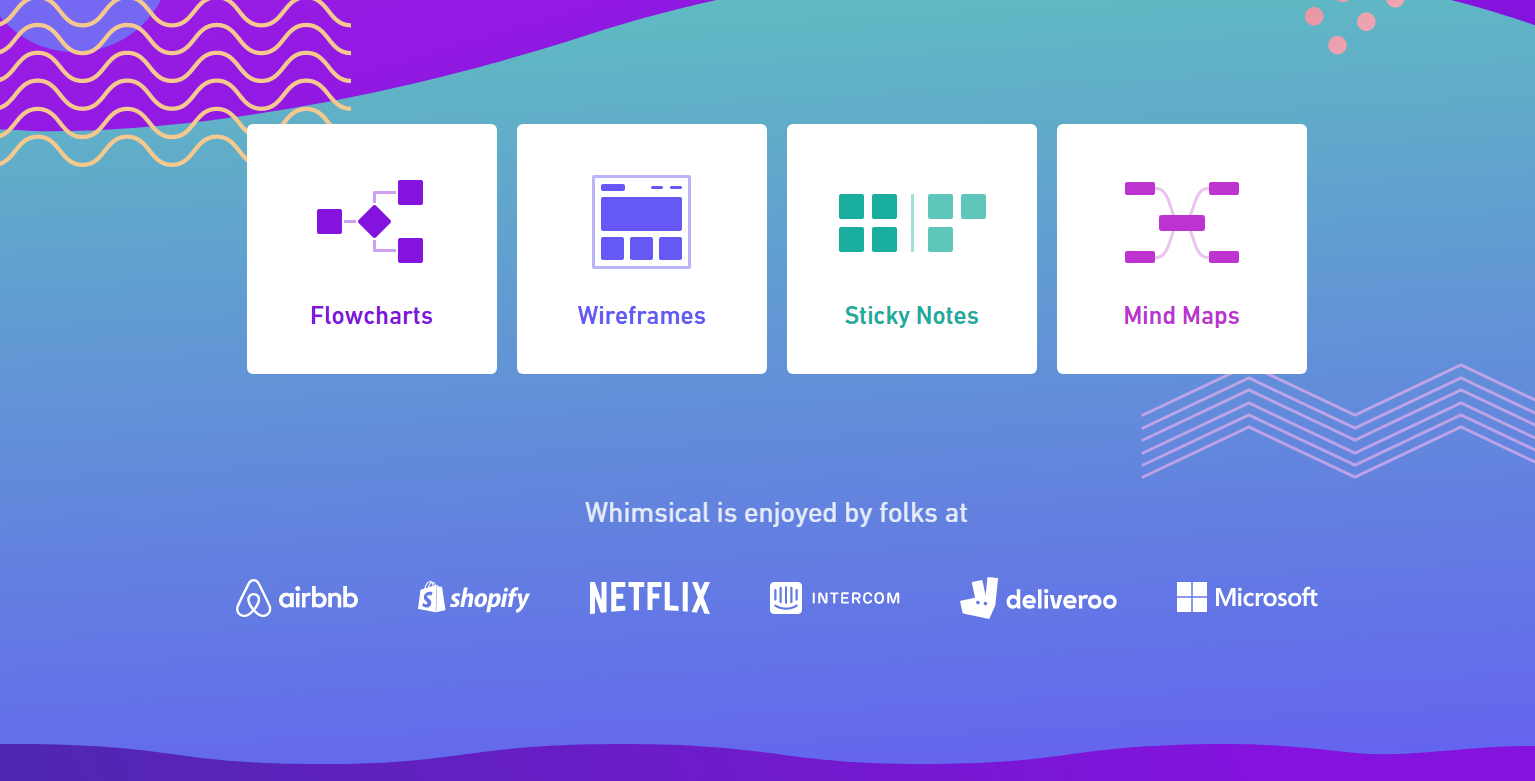
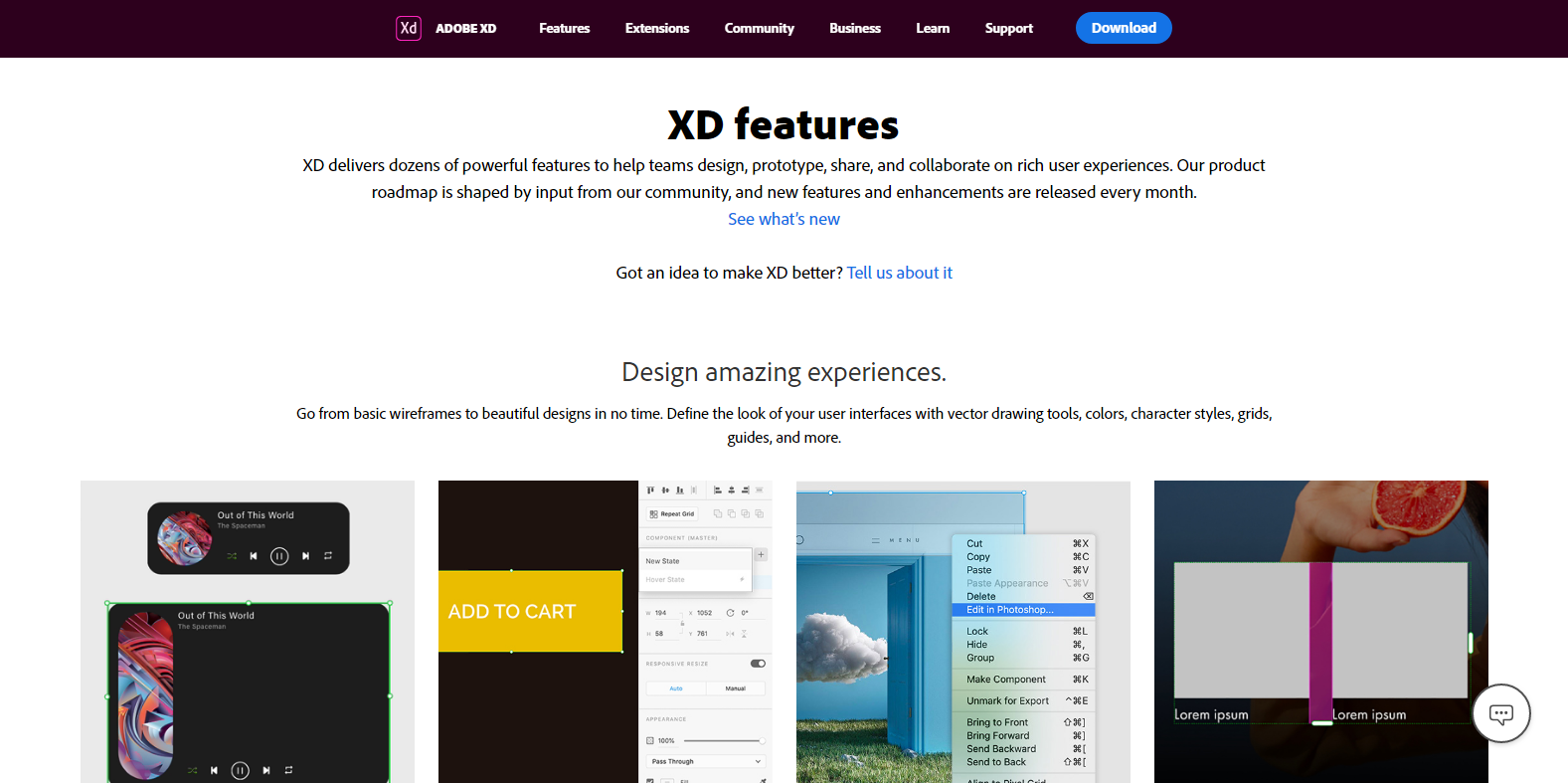
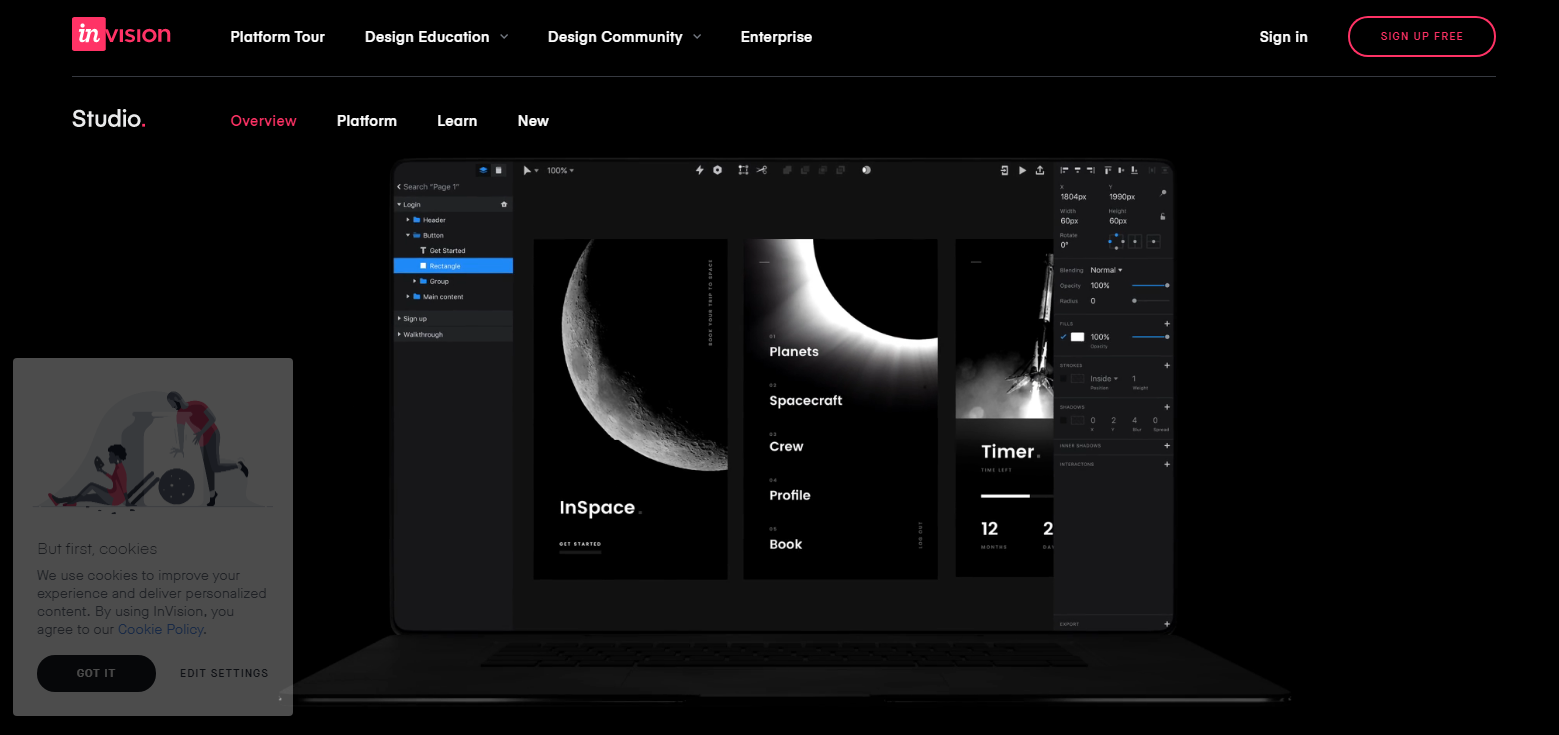
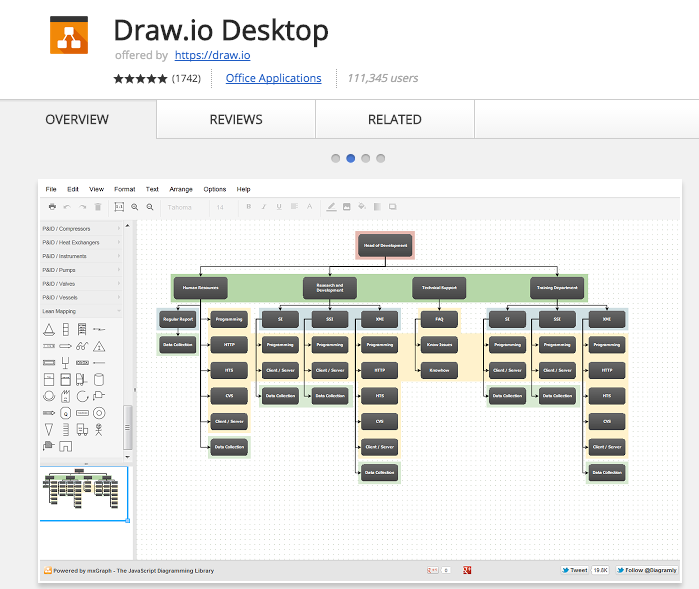
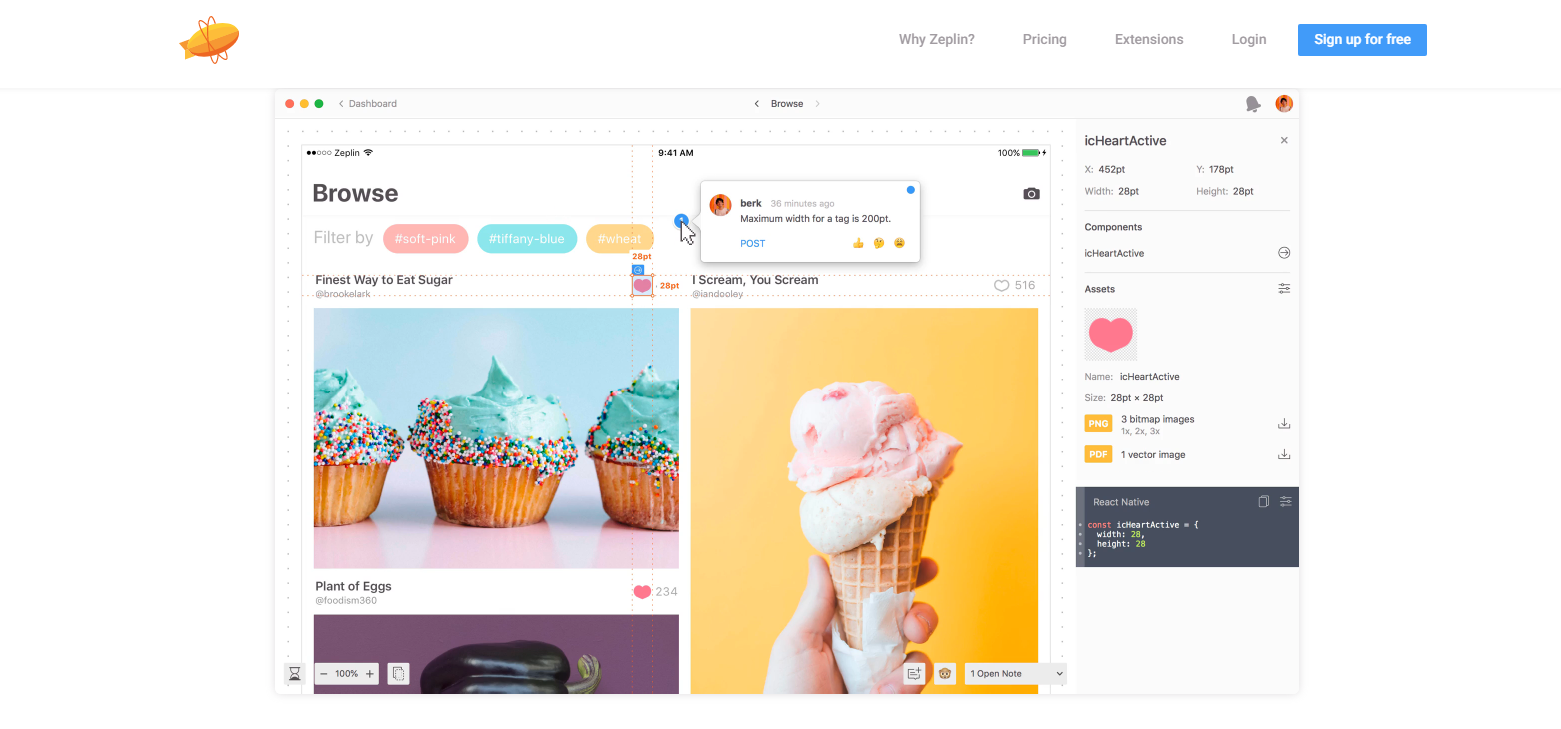
 We hope this acts as a perfect stocking filler for all the design geeks out there this festive season. Season’s Greetings and a very Happy Christmas from all of the team at Moocow Media!
We hope this acts as a perfect stocking filler for all the design geeks out there this festive season. Season’s Greetings and a very Happy Christmas from all of the team at Moocow Media!